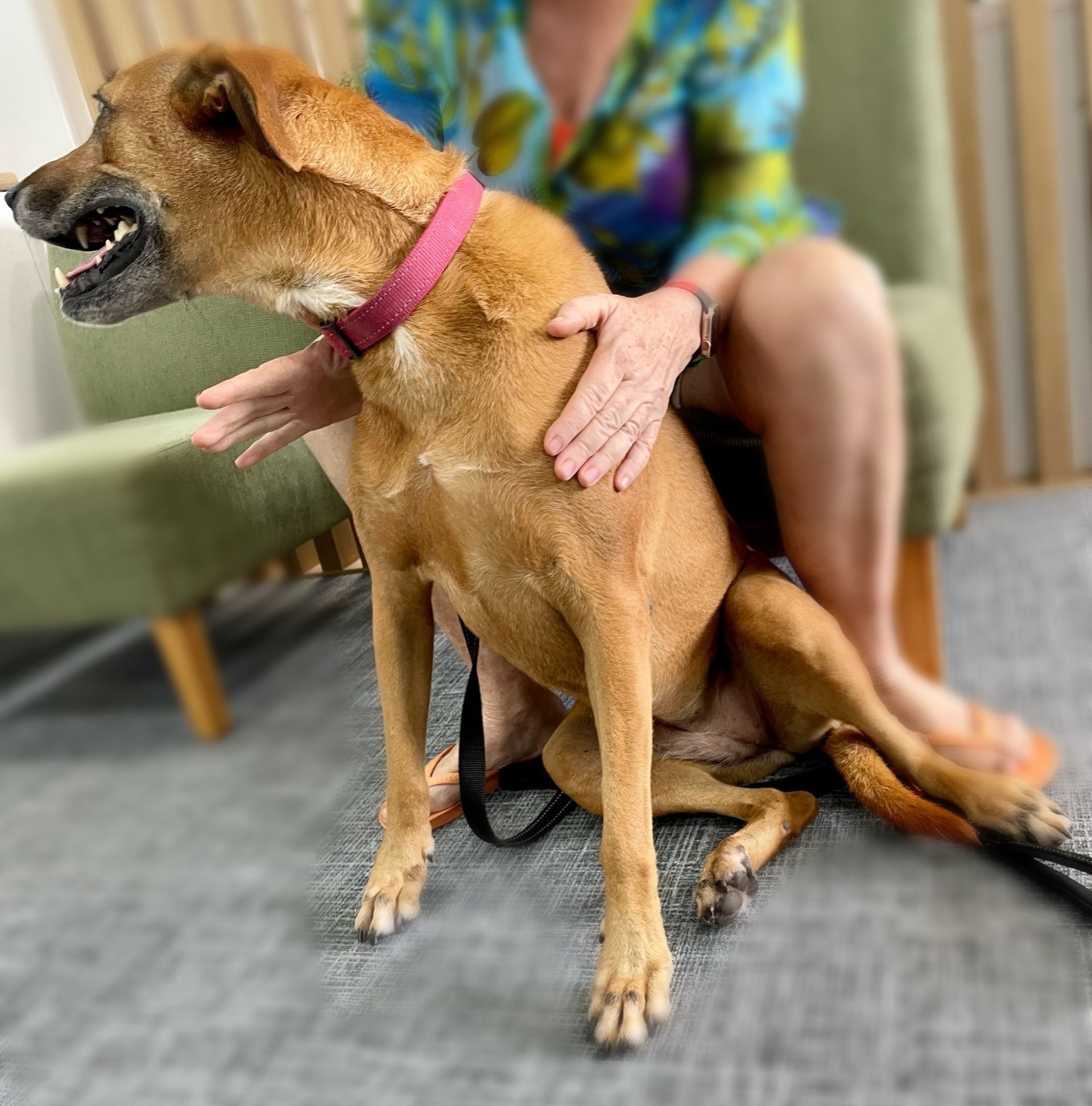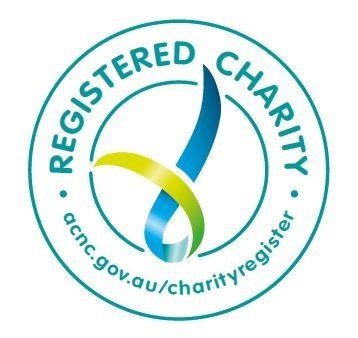The use of Bilateral Stimulation (BLS) to soothe and calm our furry friends.

If you suffer from the symptoms of anxiety, you might have noticed that you are not alone.
Many pet owners tell stories of their dog or cat suffering during storms or when people are letting off fireworks in the neighbourhood. My own dog hates the vet, and she would shake violently sitting in the waiting room, crouched either under my chair or standing at the door like an immoveable rock.
This was in the past thanks to some experimentation with Bilateral Stimulation (BLS), aka Butterfly Hugs.
Bilateral Stimulation (BLS) is one of the key features of Eye Movement Desensitization Reprocessing (EMDR) therapy. EMDR is a type of exposure therapy primarily used in the treatment of post-traumatic stress disorder and phobias, both of which include symptoms of anxiety.
BLS refers to the use of stimulus that is presented to activate both sides of the body and brain. During EMDR therapy clients often report that they notice the physiological symptoms of anxiety and distress reduce while using BLS. As the body relaxes the BLS allows the brain to stay in the present moment (where you notice that you are safe) while also accessing past memories of feeling unsafe.
The traditional form of bilateral stimulation used in EMDR is eye movement from left to right and repeated for approximately 30 seconds. Other effective forms of tactile BLS include use of tapping the body with your hands or using pulsars or vibration.
When working with children, the EMDR therapist might include walking, drumming, throwing a ball from one to another or The Butterfly Hug. This entails crossing your arms across your chest and tapping each shoulder, right and then left, repeatedly, with gentle taps, just like butterfly wings flapping. You tap your shoulders for about 30 seconds to a minute and then repeat or keep tapping until you feel the physical symptoms such as a tight chest or stomach reduce. You can repeat short bursts of tapping or do it while you notice a wave of feeling. As you tap you focus on your breath and observe the feelings of your body rise and fall.
So, how can this Bilateral Stimulation help your anxious dog or cat?
Firstly, it’s important to know that EMDR therapy is an evidence-based therapy and research has shown that there are no ill effects from the use of BLS. Remember, BLS is only one tool of EMDR and EMDR must only be administered by a trained practitioner. However, Butterfly Hugs have been taught throughout schools and counselling sessions to teach children to soothe and calm themselves.
You may have already noticed that whenever you feel stressed and you go for a walk or a jog, you end up feeling much less stressed when you finish.
This is because bilateral stimulation caused by the pounding of your feet on the pavement helped to activate both sides of your brain and this action helped you to process and resolve your current stressors. This is also true of activities such as swimming or dancing. BLS has no side effects, only the potential to calm your body and allow your brain to notice it is actually safe in the present moment and gives you time to resolve your worry.
When it comes to using BLS with your pet, then they need some help.
My dog at the vet, I would simply sit her in front of me and then gently tap her shoulders.
In the beginning it took several minutes but eventually I could feel her body relax.
During subsequent visits I noticed that I only had to do the BLS for short periods and now I don’t need to use it at all. It’s only a matter of experimentation.
Butterfly hugs might be a bit harder on your pet parrot or rat, but the only limitation is your own imagination.
Remember, walking and jogging are effective for reducing feelings of anxiety, so taking them for a walk might also be helpful.
References
Parnell, L. (2008). Tapping in: A step-by-step guide to activating your healing resources through bilateral stimulation.
Parnell, L. (2013). Attachment-focused EMDR: Healing relational trauma. W.W. Norton & Company.
Shapiro, F. (2007). Handbook of EMDR and family therapy processes. John Wiley & Sons.








